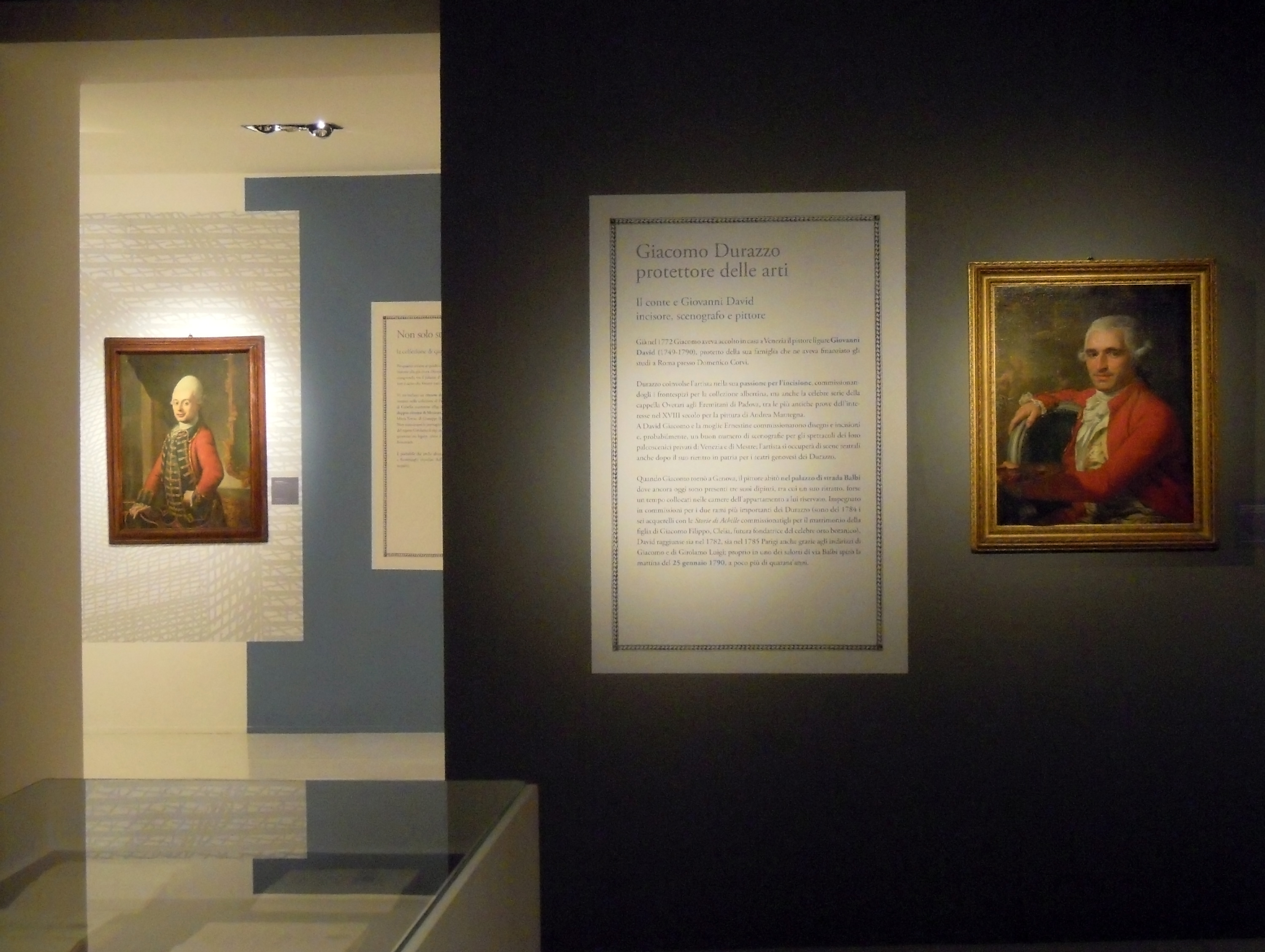Since 2004, the Teatro del Falcone has exclusively hosted temporary exhibitions, but its history as a theatre spans more than five hundred years.
The Falcone is the oldest of Genoa’s historic theatres and its origins seem to date back to the “ad signum Falconis” inn on the road to Prè, where, from the end of the 16th century, travellers could stay and watch performances staged by travelling companies before heading into the city centre.
The hall underwent improvements and enlargements in the following decades and in 1602 it was purchased by Gabriele Adorno, who transformed it into a real theatre around 1651. The Republic of Genoa thus found itself with the first public theatre with paid admission, second only to Venice. At the end of the 17th century, the theatre was bought by Eugenio Durazzo, already the owner of the Royal Palace, and rebuilt in 1704 after it had been destroyed by fire two years earlier.
For Eugenio Durazzo, the construction of a theatre within the perimeter of his palace was the seal of his ambitions, the breadth of his interests and the strength of his extraordinary personality. The Durazzo family of Palazzo Reale were certainly the only ones in Genoa to have passageways leading directly from their private apartments to a real theatre, which the paying public accessed through entrances opening onto the public street.
Eighteenth-century chronicles record numerous cultural and social events at the Falcone, including the hospitality given to Carlo Goldoni, who lived in Genoa between spring and summer 1736 while following the Venetian theatre company of San Samuele. In 1824, the theatre became the property of the Savoy family and began a slow decline, until it was reduced to a warehouse at the end of the century.
Bombed on 9 May 1944, the Falcone suffered a series of irreparable damages. Between 1948 and 1949, it was completely demolished and, based on a design by Raffaello Trinci, a reinforced concrete building was erected from the foundations in the following years, inspired by Corbusier’s rationalism and intended for the organisation of art exhibitions, conferences and concerts. It was inaugurated in 1953.




